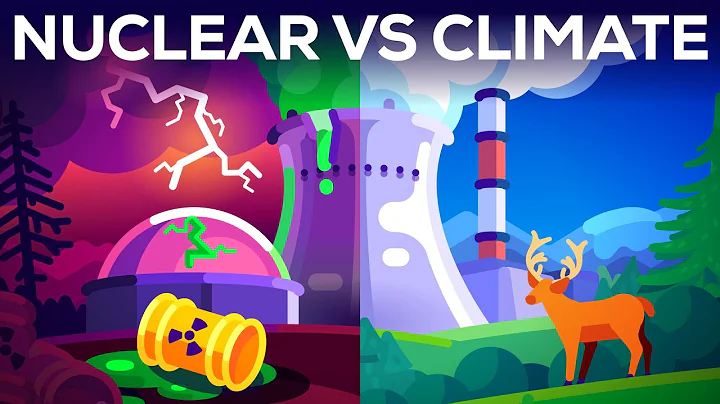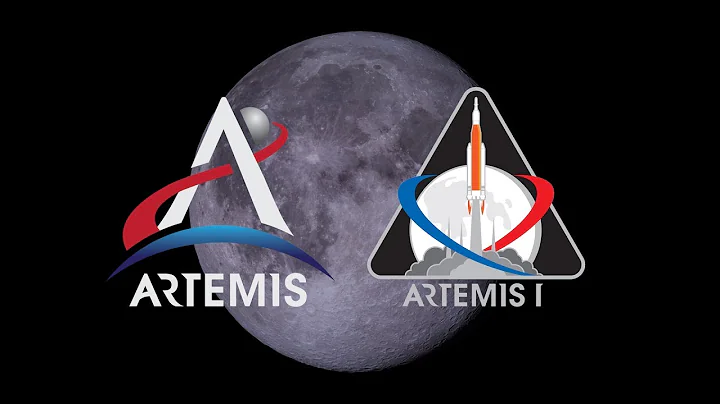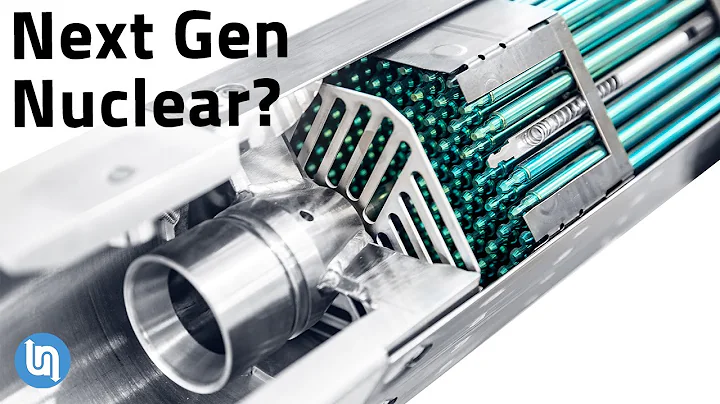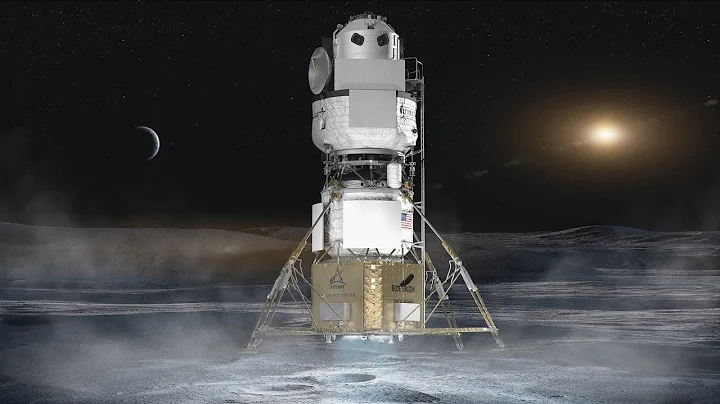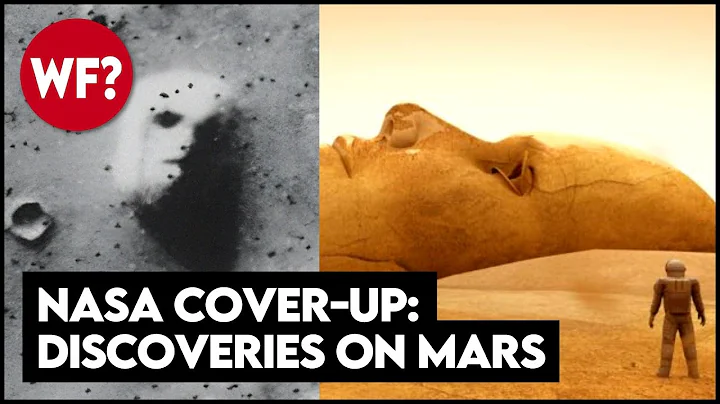
The Fission Surface Power System - depicted in this concept image - could provide reliable power for human exploration of the Moon beneath Artemis.
NASA and the U.S. Department of Energy (DOE) are working together to advance nuclear technology in space. The agencies have selected three design concept proposals for the design of a fission surface power system that could be ready for demonstration on the Moon by the end of this decade. This technology will benefit future exploration under the Artemis umbrella.
The contracts will be awarded through the U.S. Department of Energy's Idaho National Laboratory and are worth approximately $5 million each. The contracts fund the development of preliminary design concepts for a 40-kilowatt-class fission power generation system planned for use in the lunar environment for at least 10 years.
Compared with other power systems, fission systems are small in size, light in weight and highly reliable, and can achieve continuous power supply in any location, available sunlight and other natural environmental conditions. Demonstrating such systems on the Moon would pave the way for long-duration missions on the Moon and Mars.
"New technologies advance our exploration of the moon, Mars and elsewhere," said Jim Reuter, associate administrator of NASA's Space Technology Mission Directorate. "Developing these early designs will help us lay the foundation for humanity's long-term presence on other worlds."
Battelle Energy Alliance, the management and operations contractor for Idaho National Laboratory, led the development of the proposal sponsored by NASA, Assessments and purchase requests. Idaho National Laboratory will award 12-month contracts to the following companies to each develop preliminary designs:
Lockheed Martin of Bethesda, Maryland - The company will work with BWXT and Creare cooperate.
Westinghouse Electric Co. in Cranberry Township, Pa. – The company will work with Aerojet Rocketdyne.
The ninth company in Houston, Texas, is a joint venture between Intuitive Machines and X-Energy, which will work with Maxar and Boeing .
"The Fission Surface Energy project is a very feasible first step toward establishing nuclear energy on the moon for the United States," said John Wagner, director of the Idaho National Laboratory. “I look forward to seeing what each of these teams can accomplish.” The
Phase 1 award will provide NASA with critical information from industry to jointly develop a full-flight certified fission power system. Fission surface power technology will also help NASA's mature nuclear propulsion systems, which rely on reactors to generate electricity. These systems can be used in deep space exploration missions.
NASA's Fission Surface Energy Program is managed by the Glenn Research Center in Cleveland. Power system development was funded by the Space Technology Mission Directorate's Technology Demonstration Mission Program at Marshall Space Flight Center in Huntsville, Alabama.


